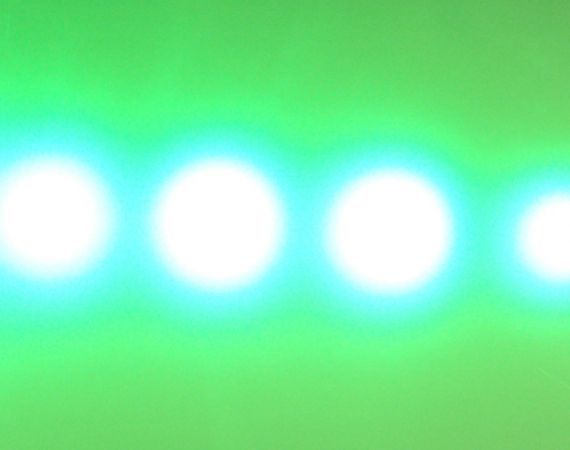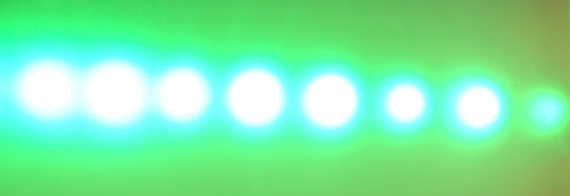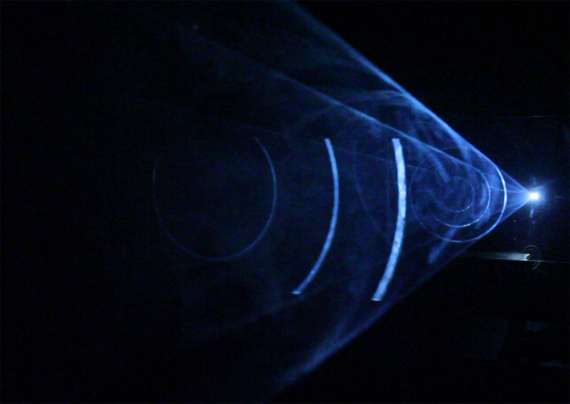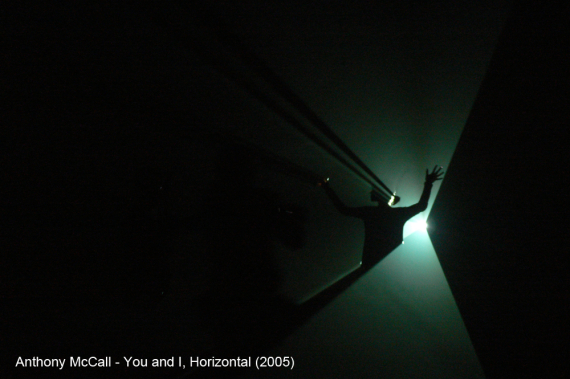Posted on Thu 26 May 2016
Even homing pigeons lose their way sometimes
In geomagnetic storms that is. These storms are the cause of the aurora, yet also have the ability to wreak havoc on our technology and affect the navigational ability of migratory animals. A curious phenomenon indeed.

Posted by
Project

Communicating Science Residency
With media attention on solar flares and their effects on positive events (the northern lights) or predicted negative events (technological disruption), Helen White joined the Pervasive Media Studio in January 2013 to embark on a graduate and new talent residency, supported by IOP Publishing, to…In geomagnetic storms that is. These storms are the cause of the aurora, yet also have the ability to wreak havoc on our technology and affect the navigational ability of migratory animals. A curious phenomenon indeed.
Another two weeks have flown by and my research into the sun-earth interaction continues. I’ve found some beautifully descriptive explanations of what happens when the solar wind meets with the earth’s magnetosphere, and how the charged particles in the wind interact with earth’s atmosphere to create the aurora. These are helping me think about the behaviour of my data and are acting as a useful visual reference to the otherwise invisible. A picture paints a thousand words, especially after weeks of reading.
tiny turbulent swirls
wobbling
creating waves like the ocean
stretching an elastic band
snapping back
plucking a harp string
brushing past
capturing
spiralling
collision
excitement
glow

As a way to begin the process of data visualisation, myself and Dan fed solar wind speed levels into an LED strip so we could observe the variances of glow that could be achieved. Whilst this didn’t produce anything particularly dynamic, it was useful to start this process in a simple way.
We also stepped up my earlier magnetism experiment, testing the potential of switching an electromagnet quickly on and off to create a pulsing magnetic field, which in turn would create an incidental sound or “chime” to indicate a change in my data levels. We discovered that the magnet had a very definite on/off rather than a fluctuating field, which, although disappointing, would have to become a behaviour informing any design outcome.
This week has also seen an exciting day of experimentation and collaboration with Rob Hifle and Steve Bell from the award-winning design and direction agency BDH. They produced the stunning solar graphics for BBC2’s Wonders of the Universe and have a wealth of source material for visualising ejections from the sun and the resulting space weather, and we wanted to see if these films could be experienced more physically through projection. (Special thanks to Nick at Farm Studio)

Light and movement are both key to the sampling and thinking I’ve been doing so far and the projected image fulfilled both of these desires, and had a presence that was much more visceral and immersive.
I ended the week with a visit to Light Show at the Hayward Gallery, finding myself visually stimulated and involved in light and colour experiences beyond any that I’ve experienced before.

It was fascinating to watch people interacting with these installations, contemplating, slowing down, taking time to understand what it was they were looking at. This would be a very powerful tool in science communication.
It’s no coincidence that I mentioned the pigeons earlier as it’s not entirely clear at the moment which direction my work is going to take. But I’m looking forward to another exciting couple of weeks of discovery.
